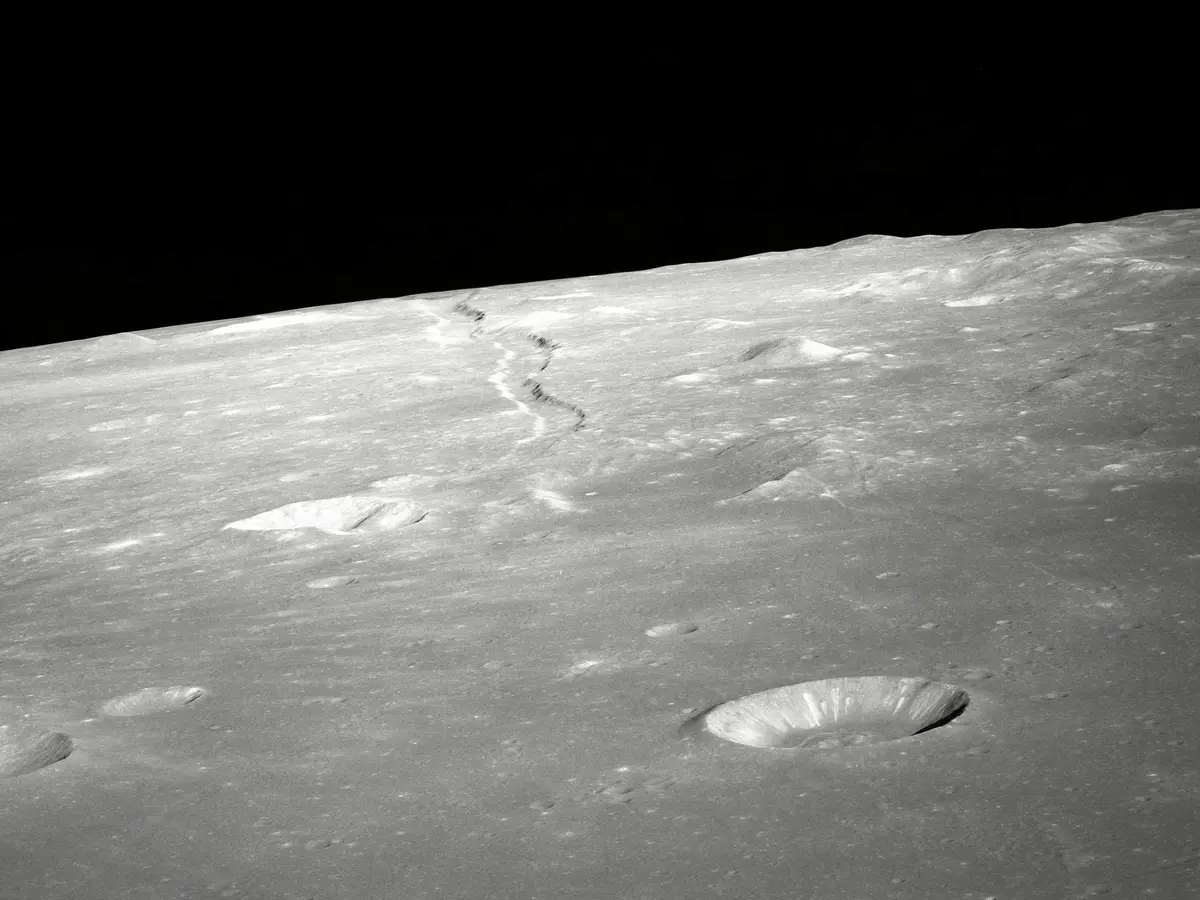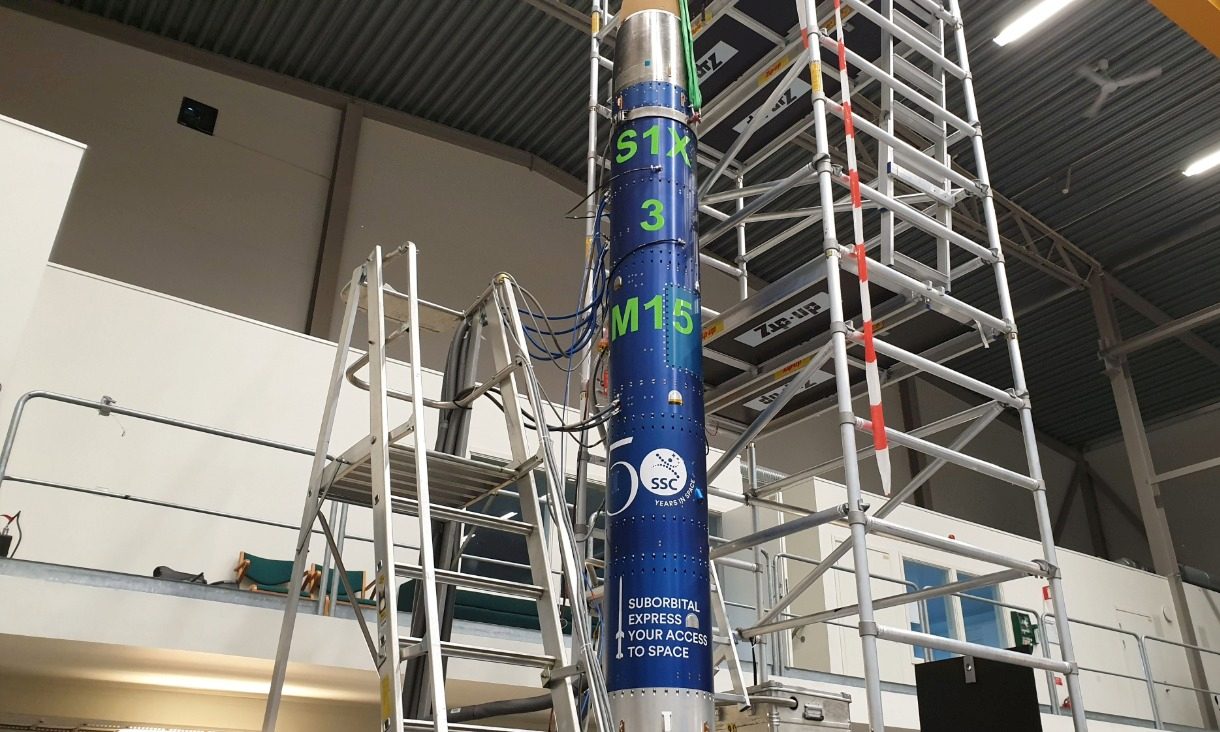Mars Just Revealed Unbelievable Clues About Alien Life! Could We Be Alone? #AINews

If you’ve ever wondered what it would be like to find signs of life beyond Earth, NASA’s latest discovery on Mars might just blow your mind! Recently, scientists announced the detection of peculiar mineral patterns in the clay-rich rocks at Jezero Crater—an area once brimming with ancient lakes and rivers. These intriguing 'leopard spot' formations have sparked a wildfire of excitement, hinting at the possibility of past microbial life on the Red Planet.
Located at Jezero Crater, where the Perseverance Rover diligently explores, these mineral patterns resemble traces left by living organisms here on Earth. While we can’t definitively say these marks indicate life, they have reignited a captivating conversation about what Mars was like millions of years ago and whether it could still harbor life today.
Picture this: Early Earth and Mars were akin to siblings, sharing atmospheres and bodies of liquid water that could have nurtured life. But as time rolled on, Mars took a turn for the worse—its protective magnetic field faded, leading to a cold, dry desert that we see now. Scientists traditionally believed that the surface is simply too hostile for any form of life as we know it. Instead, they’re looking underground, where conditions might be more favorable.
Martian caves, polar ice sheets, and deep subsurface areas are potential sanctuaries for microbial life. Earth has taught us that even in the harshest environments, life finds a way—like in the harsh Atacama Desert or deep seabeds. If life did kick off on Mars, could it still cling on in these hidden havens? The underground might just be the Martian equivalent of a cozy, warm home for microorganisms.
Research suggests that the Martian subsurface could be several kilometers deep, offering a stable environment for life, unlike the inhospitable surface. Plus, recent methane detections on Mars hint at possible biological activity, although methane can also form through non-biological processes. It’s a tantalizing mystery that has scientists on the edge of their seats.
However, before we start planning for interplanetary life, there’s still a lot we don’t know. The upcoming European Space Agency’s ExoMars mission will drill deeper than ever before, giving scientists the chance to explore layers of Martian soil that may contain dormant life forms. But we must be prepared—unearthing Martian secrets will be a monumental challenge.
As we venture further into our cosmic backyard, the quest for life on Mars continues to captivate our imaginations. With the odds stacked against us, are we ready to uncover the truth about our neighboring planet? Only time will tell!


























